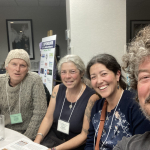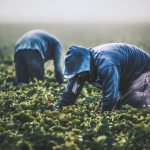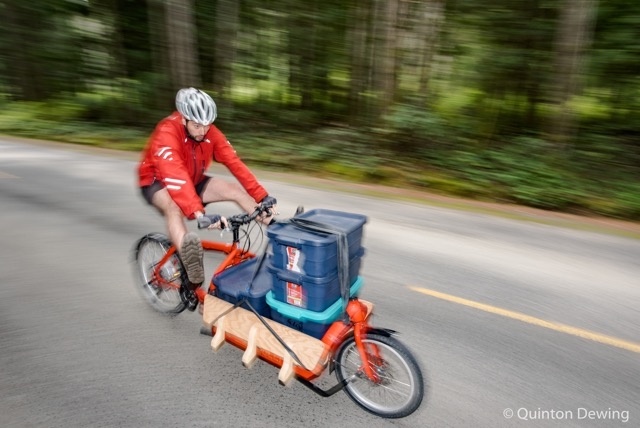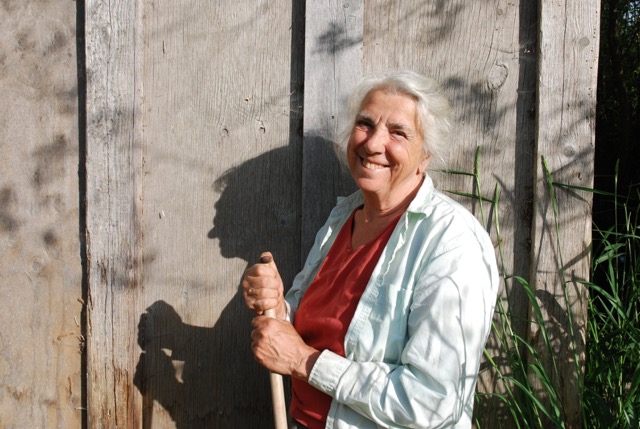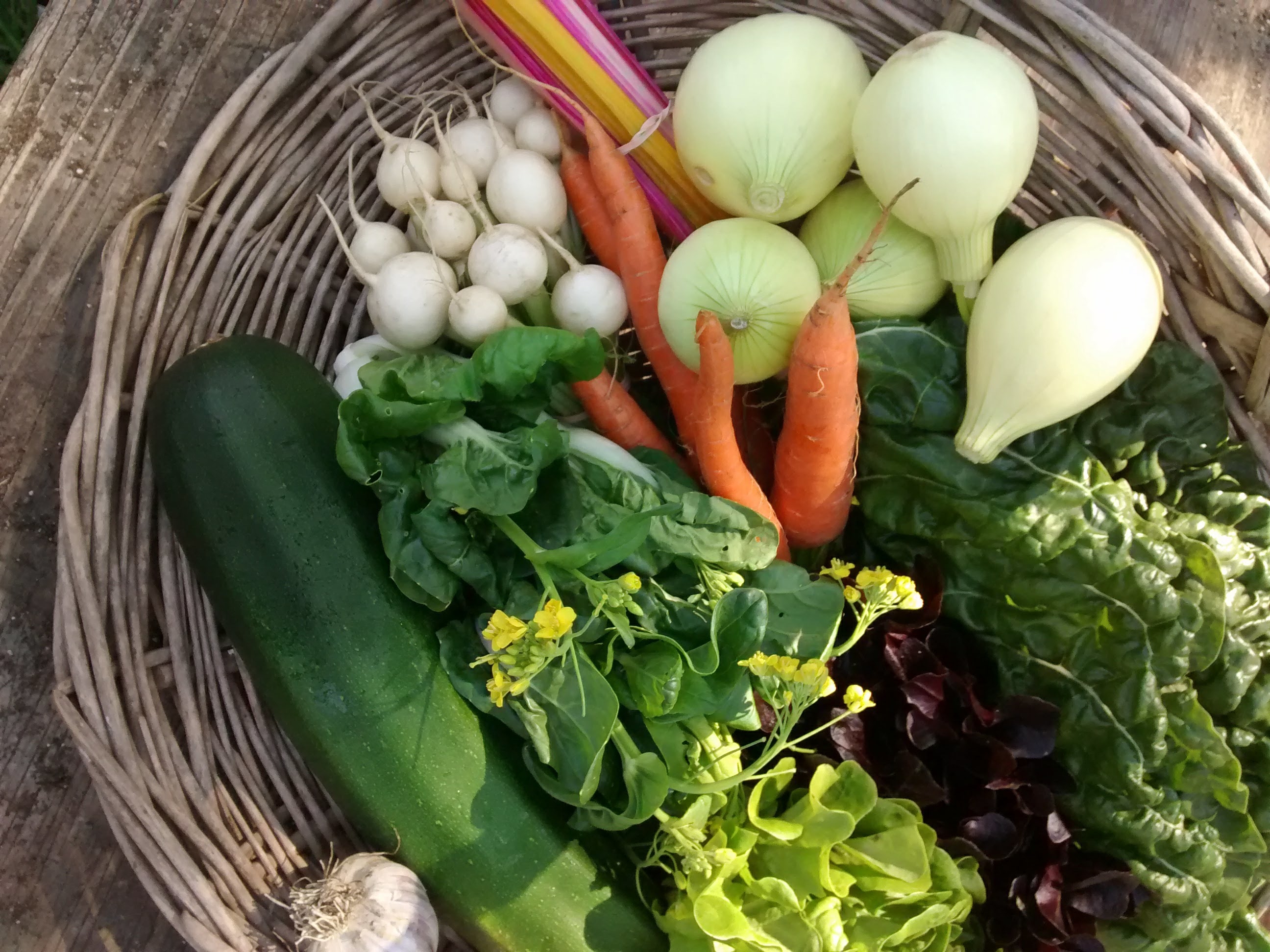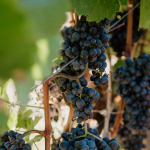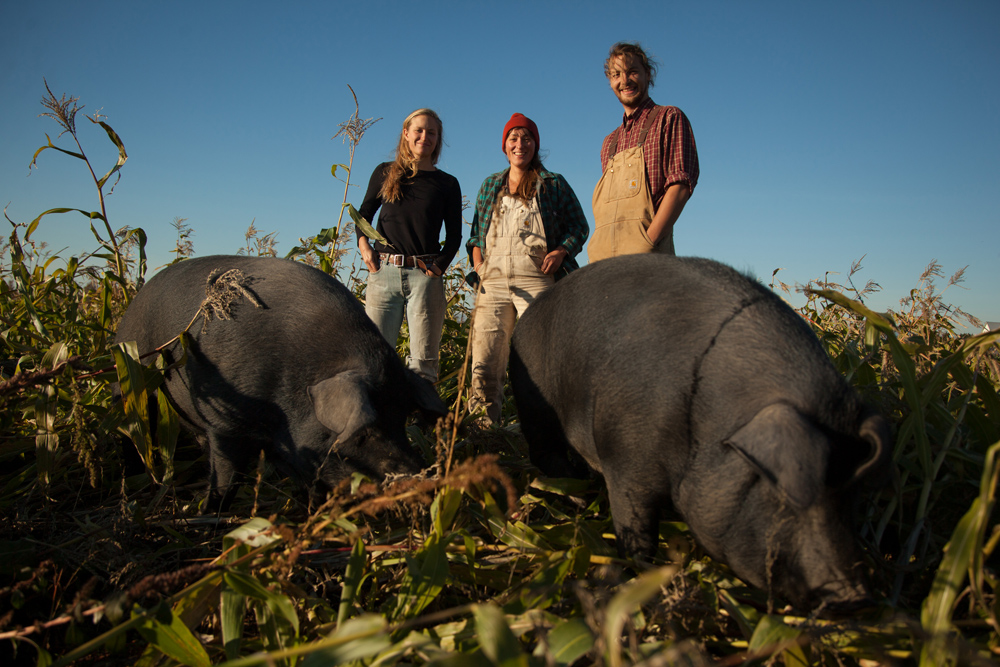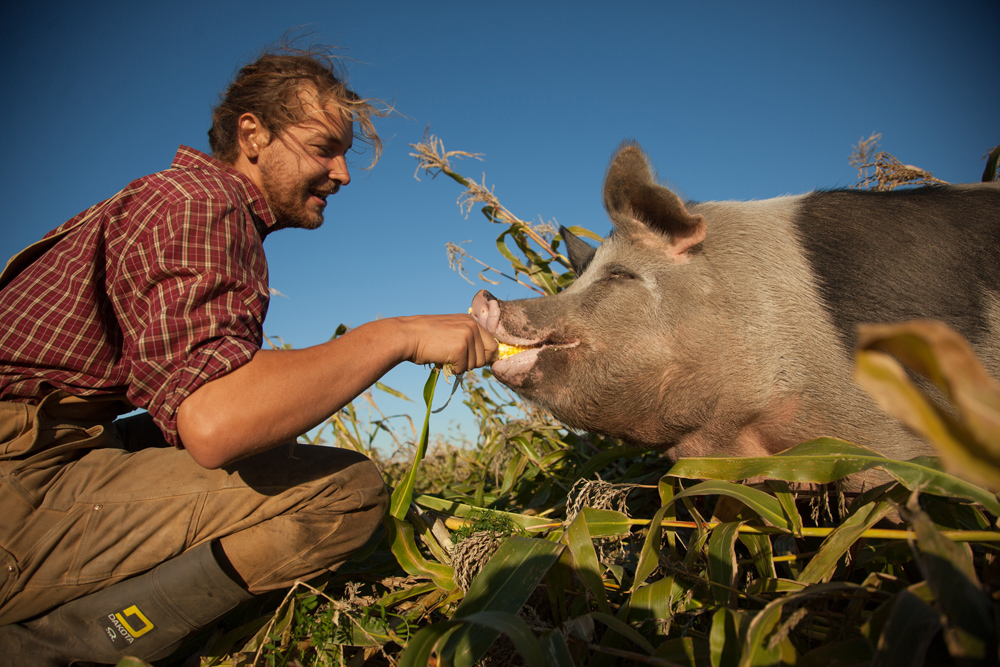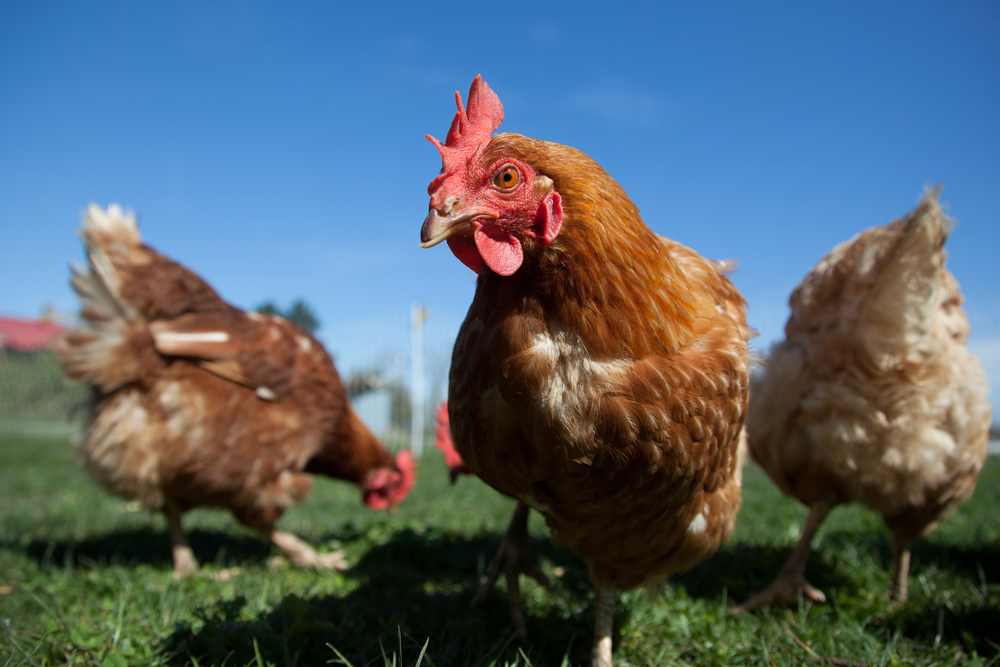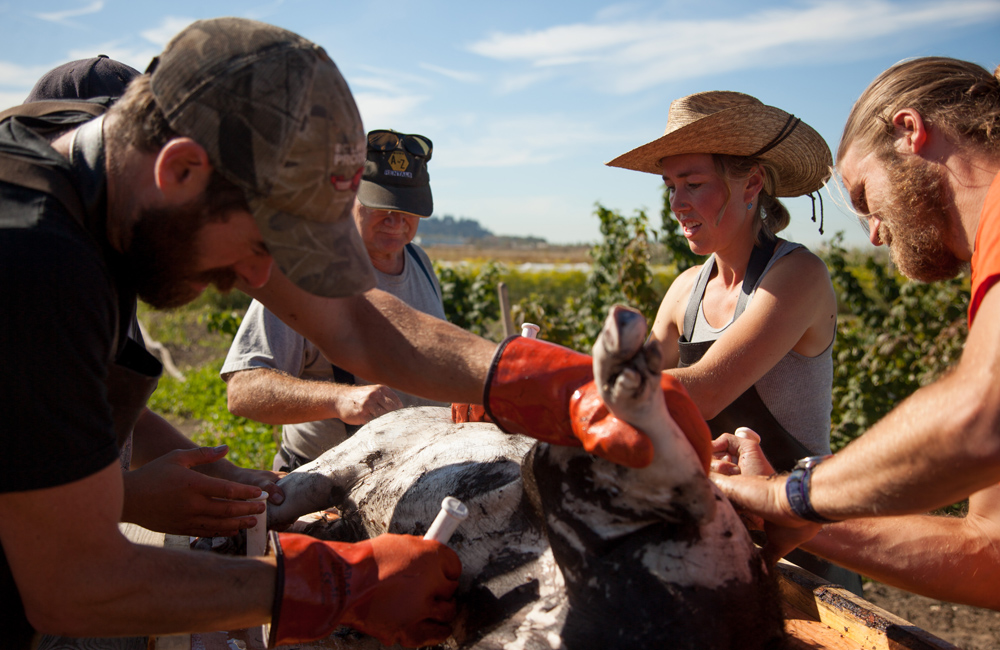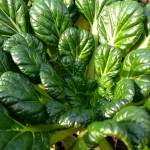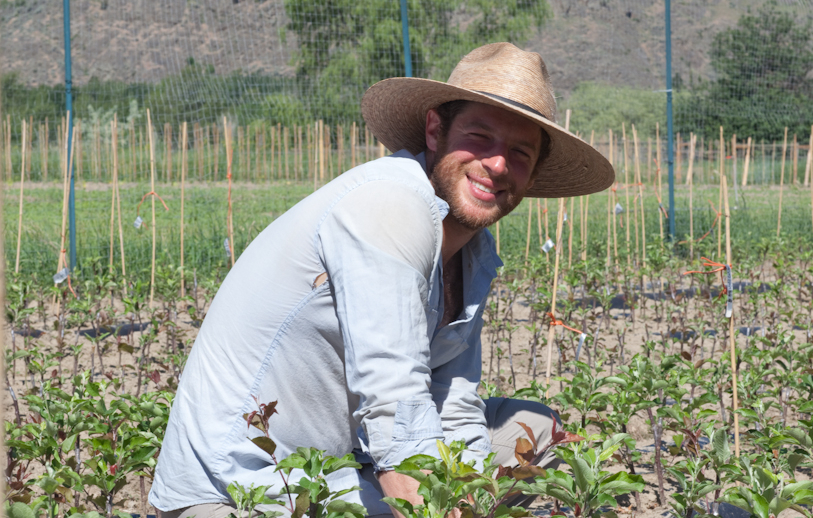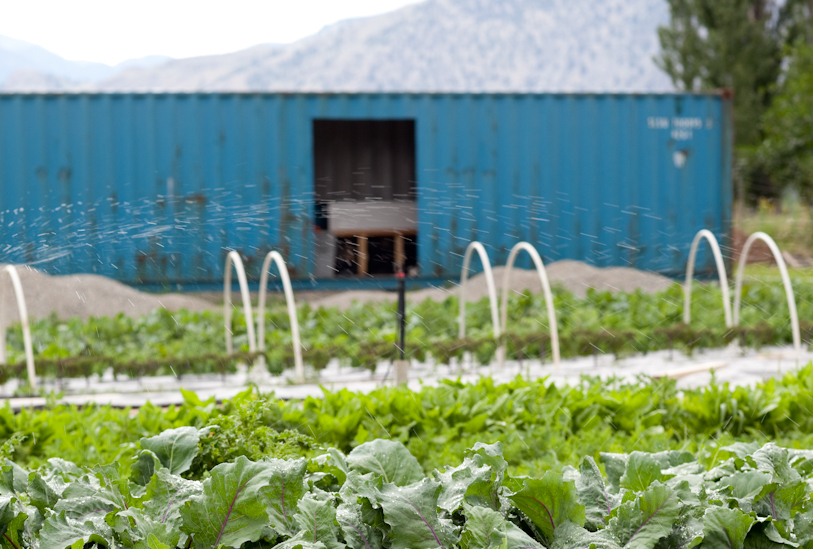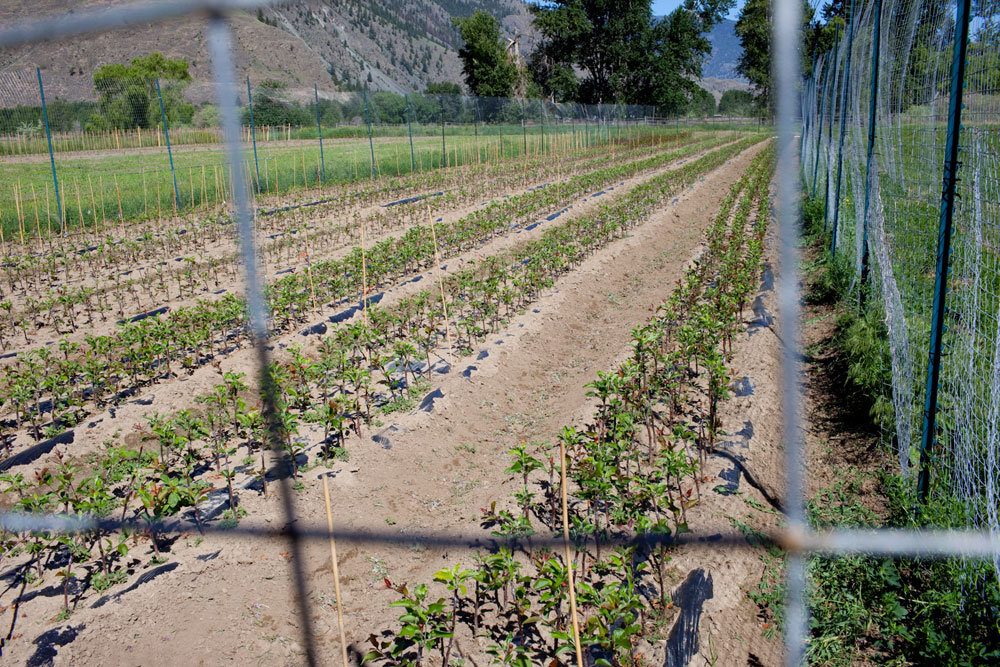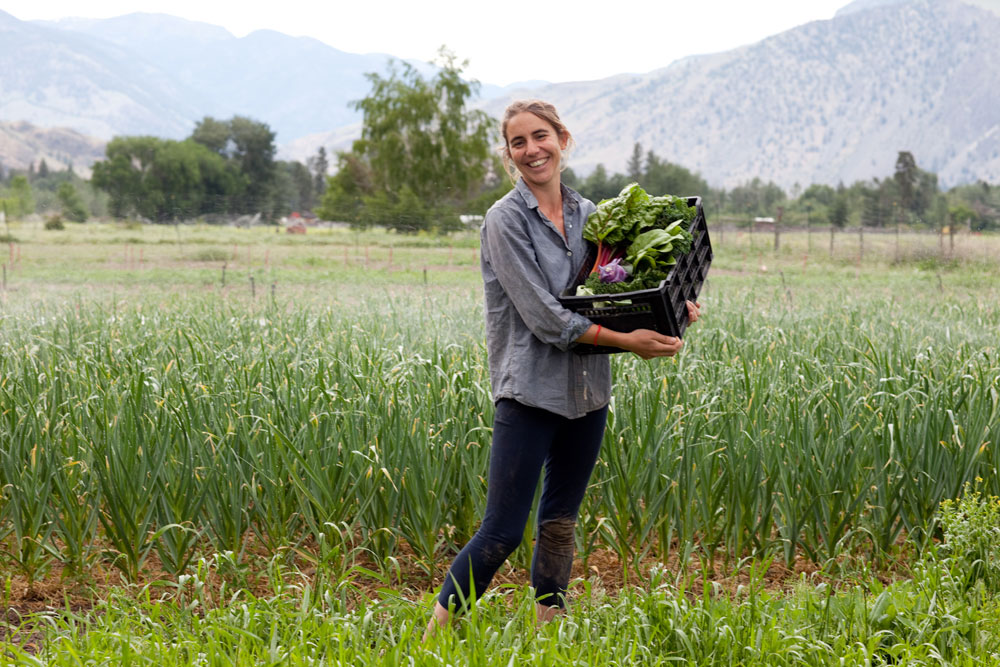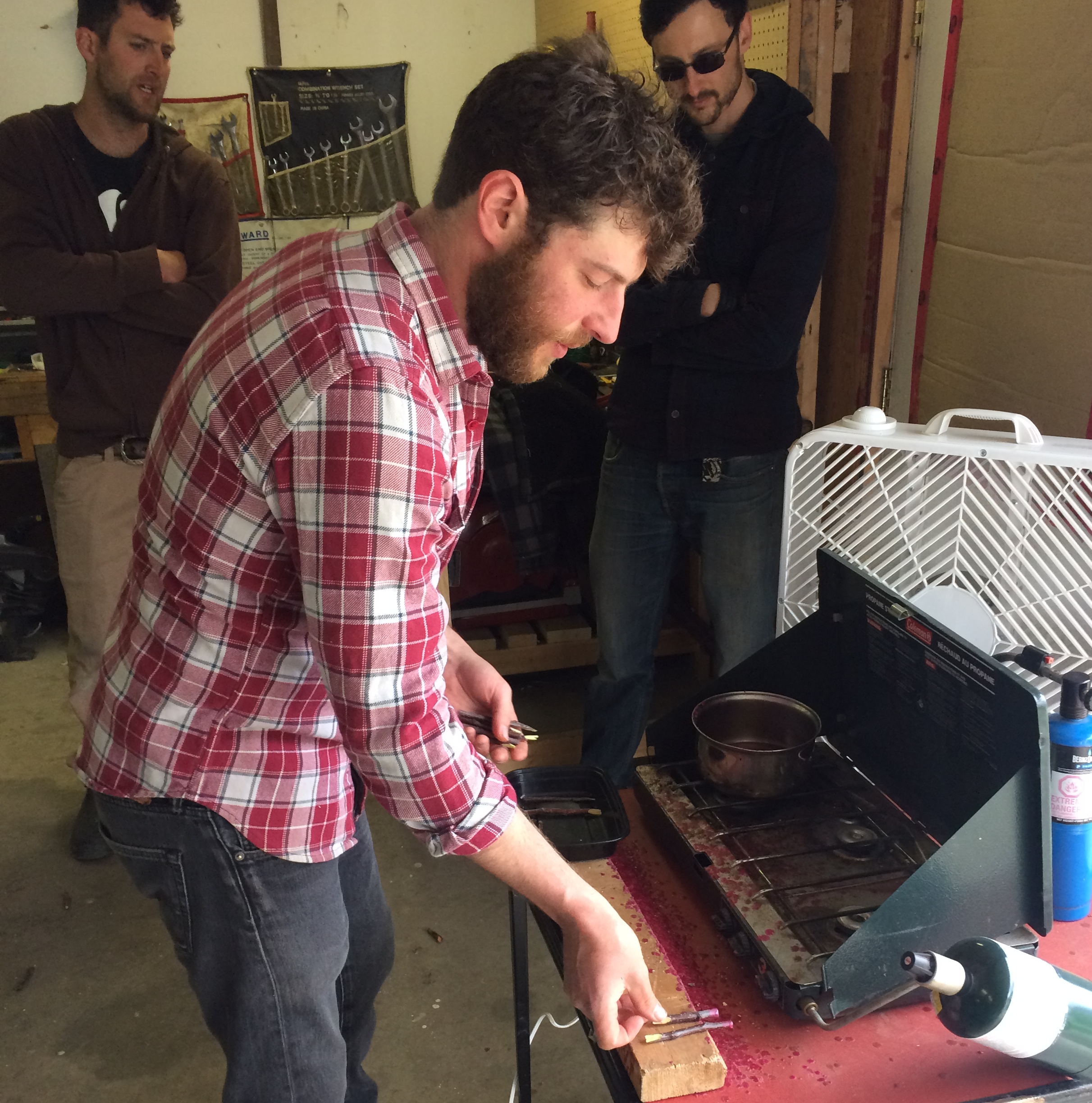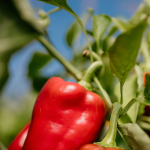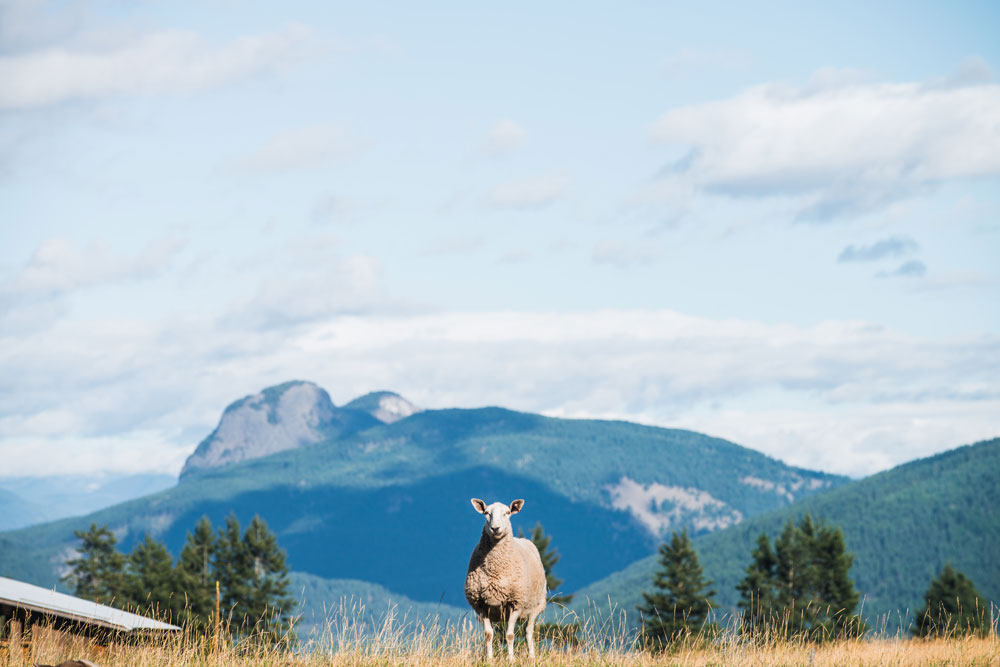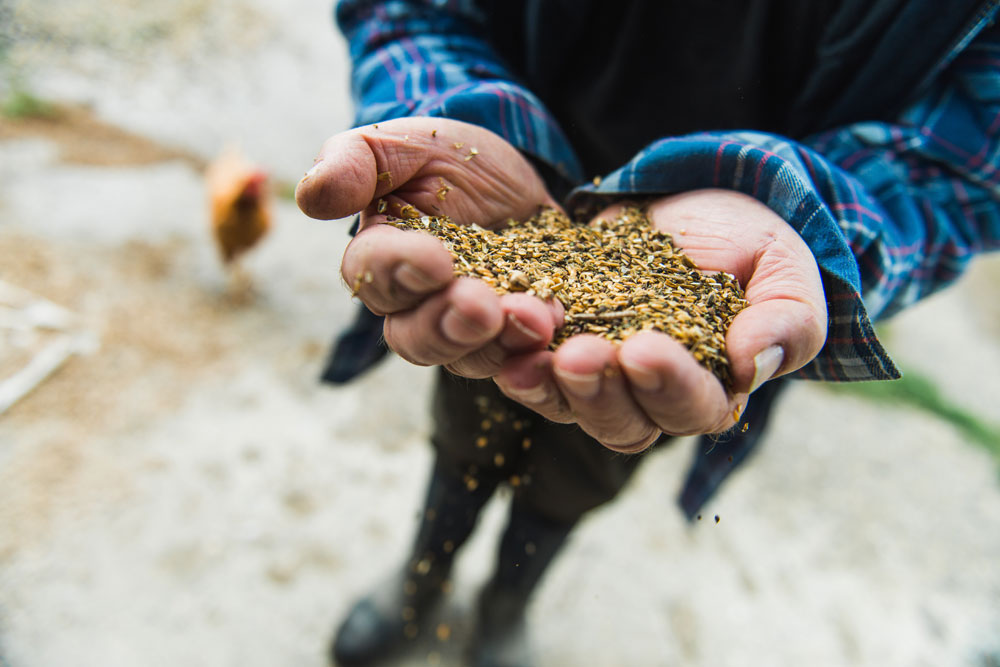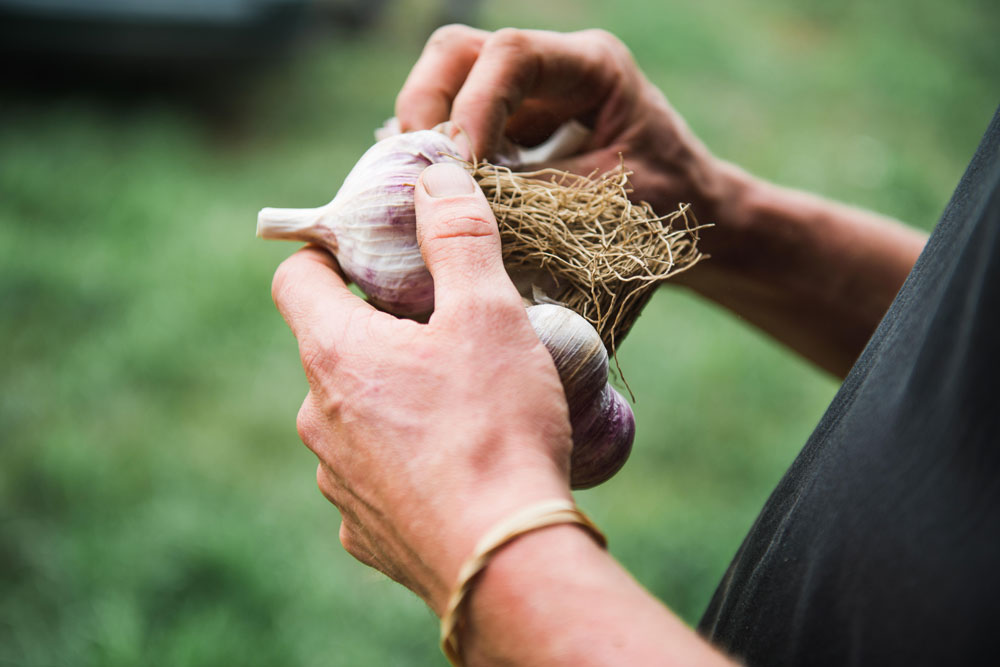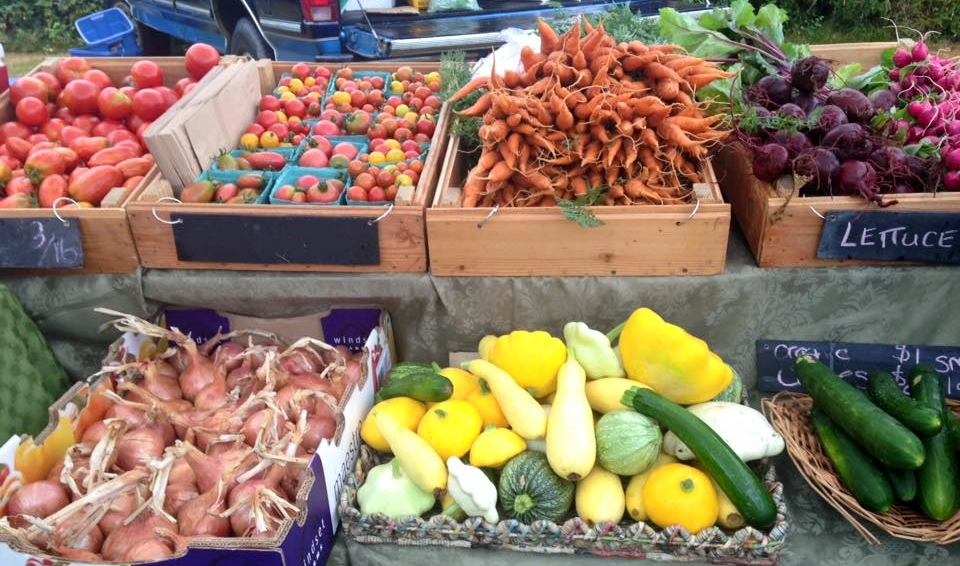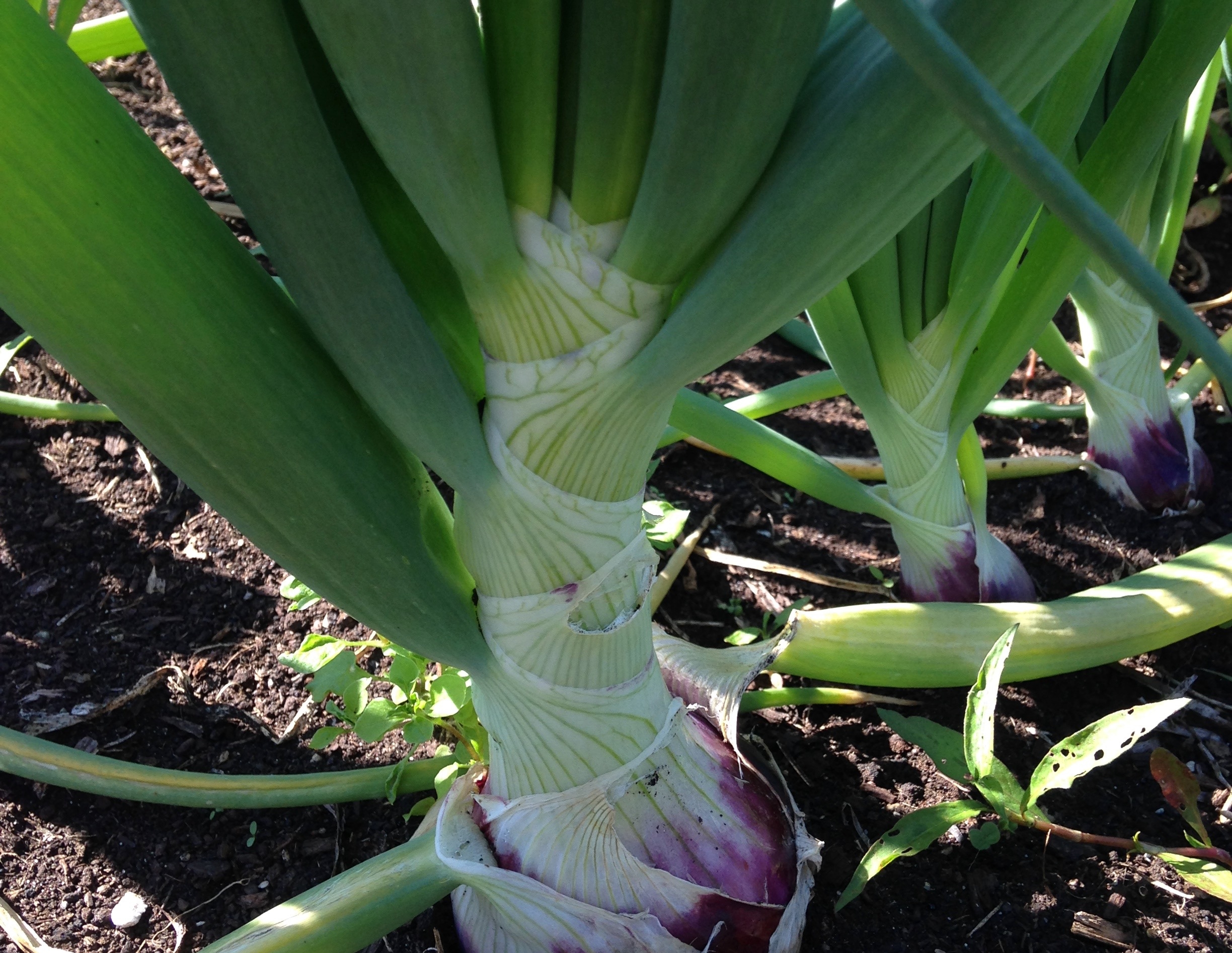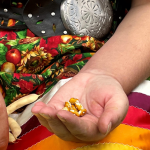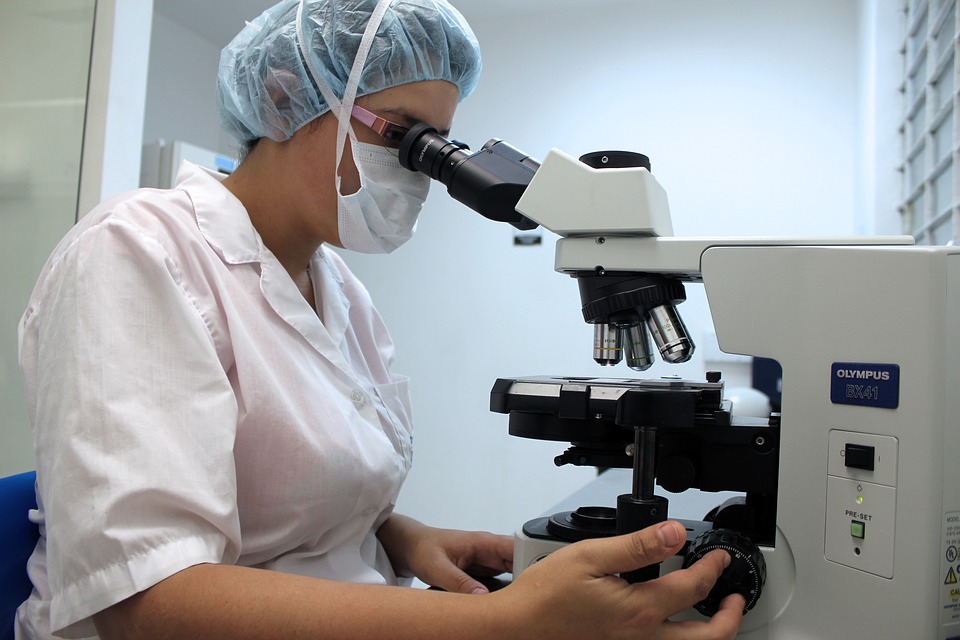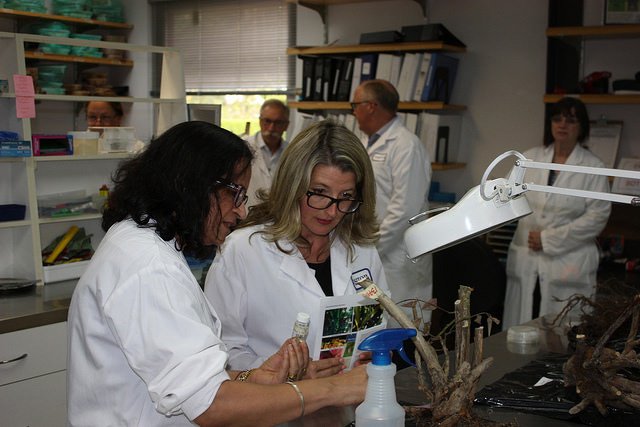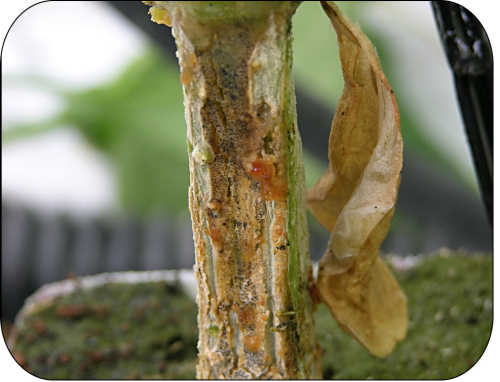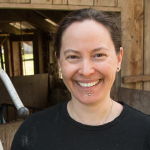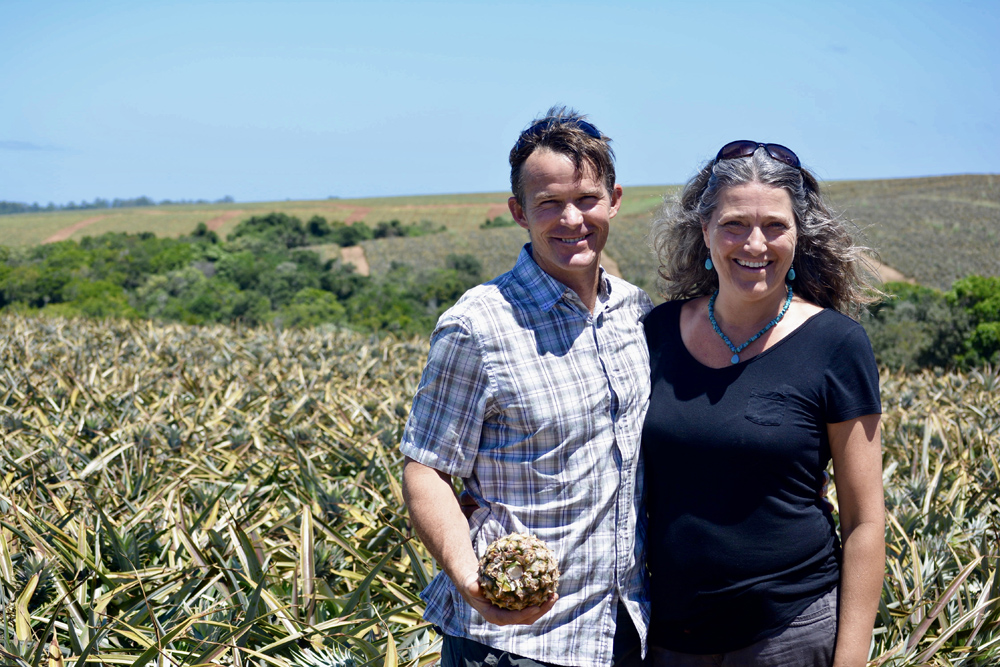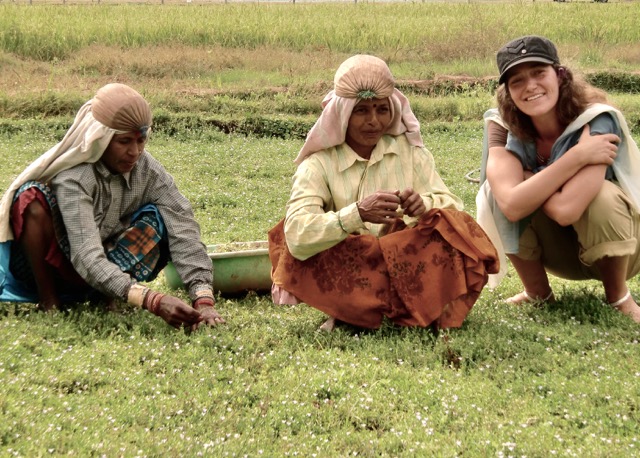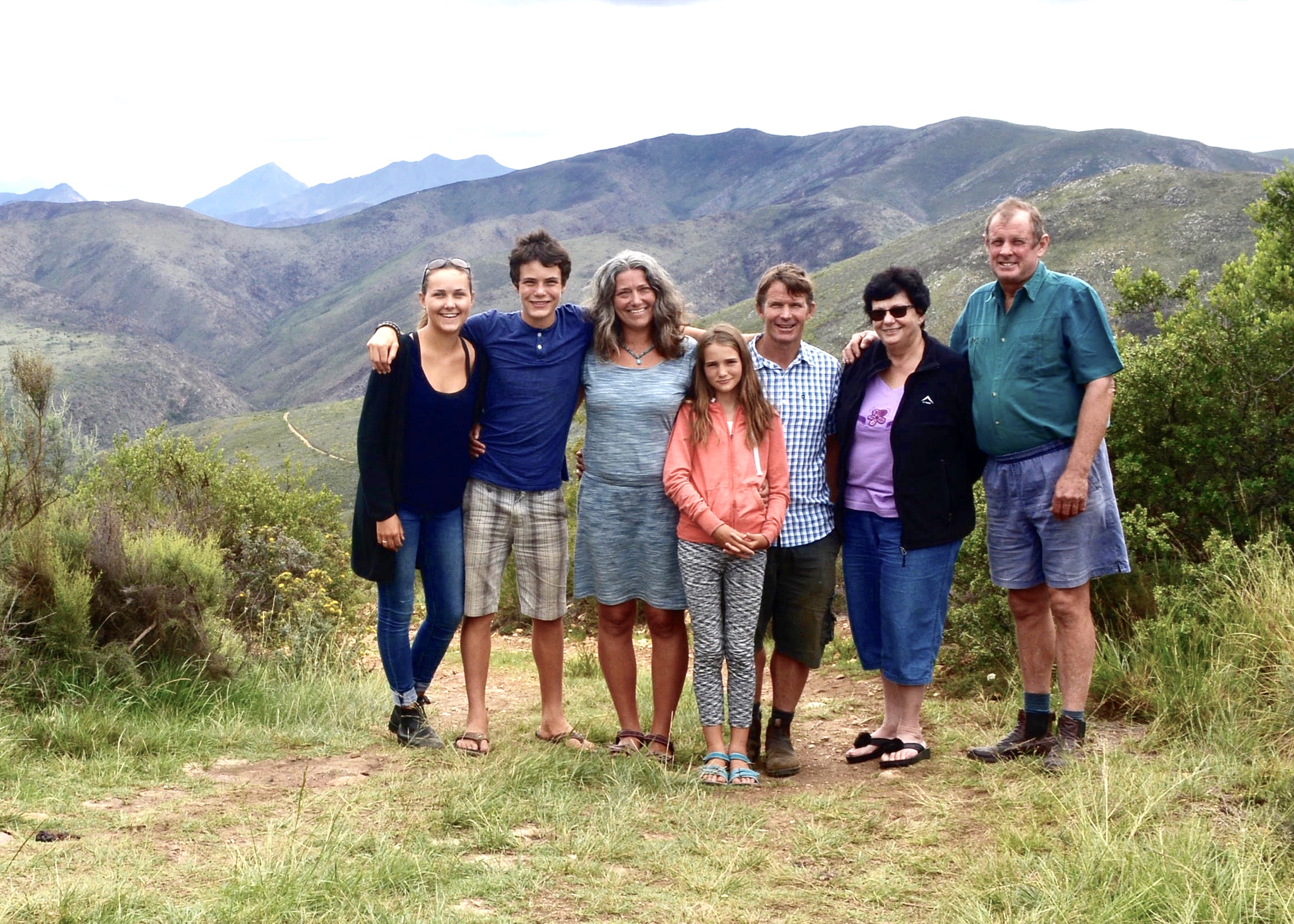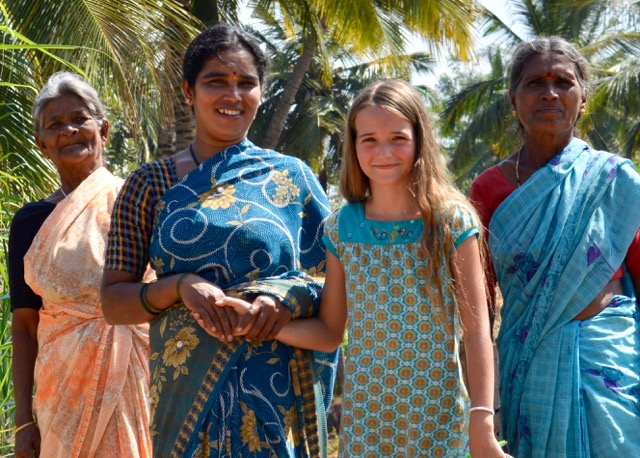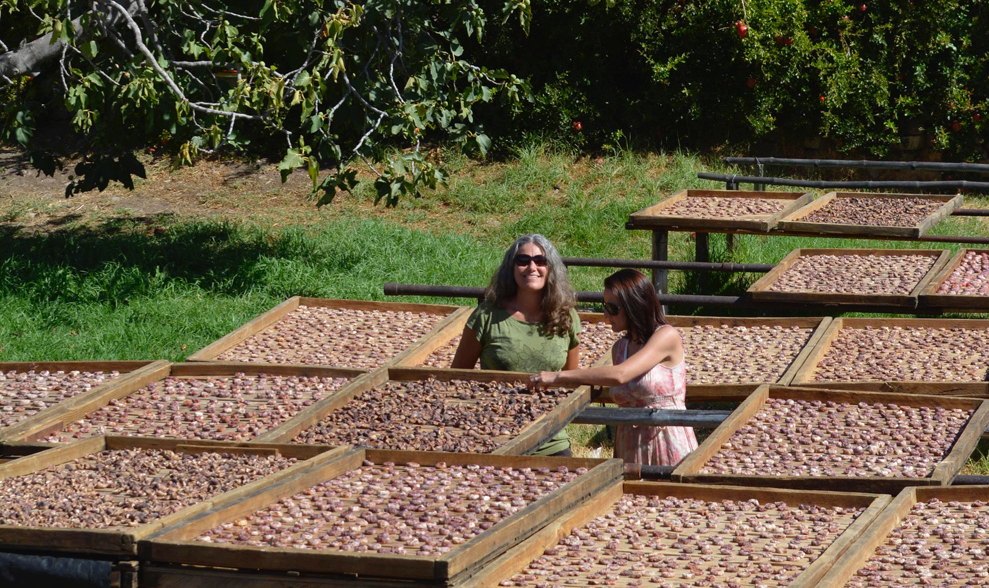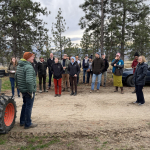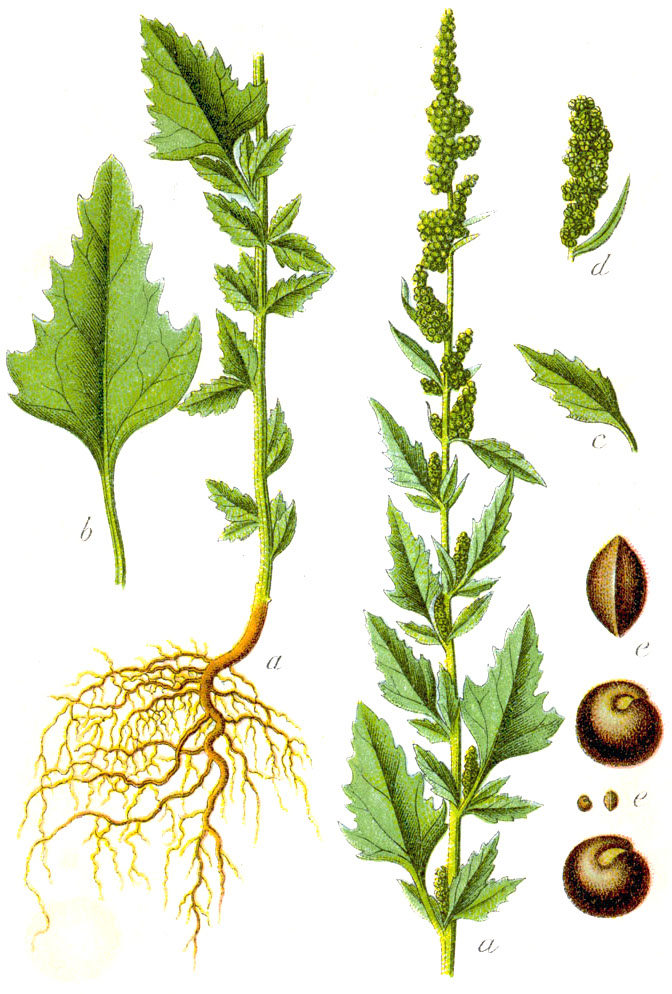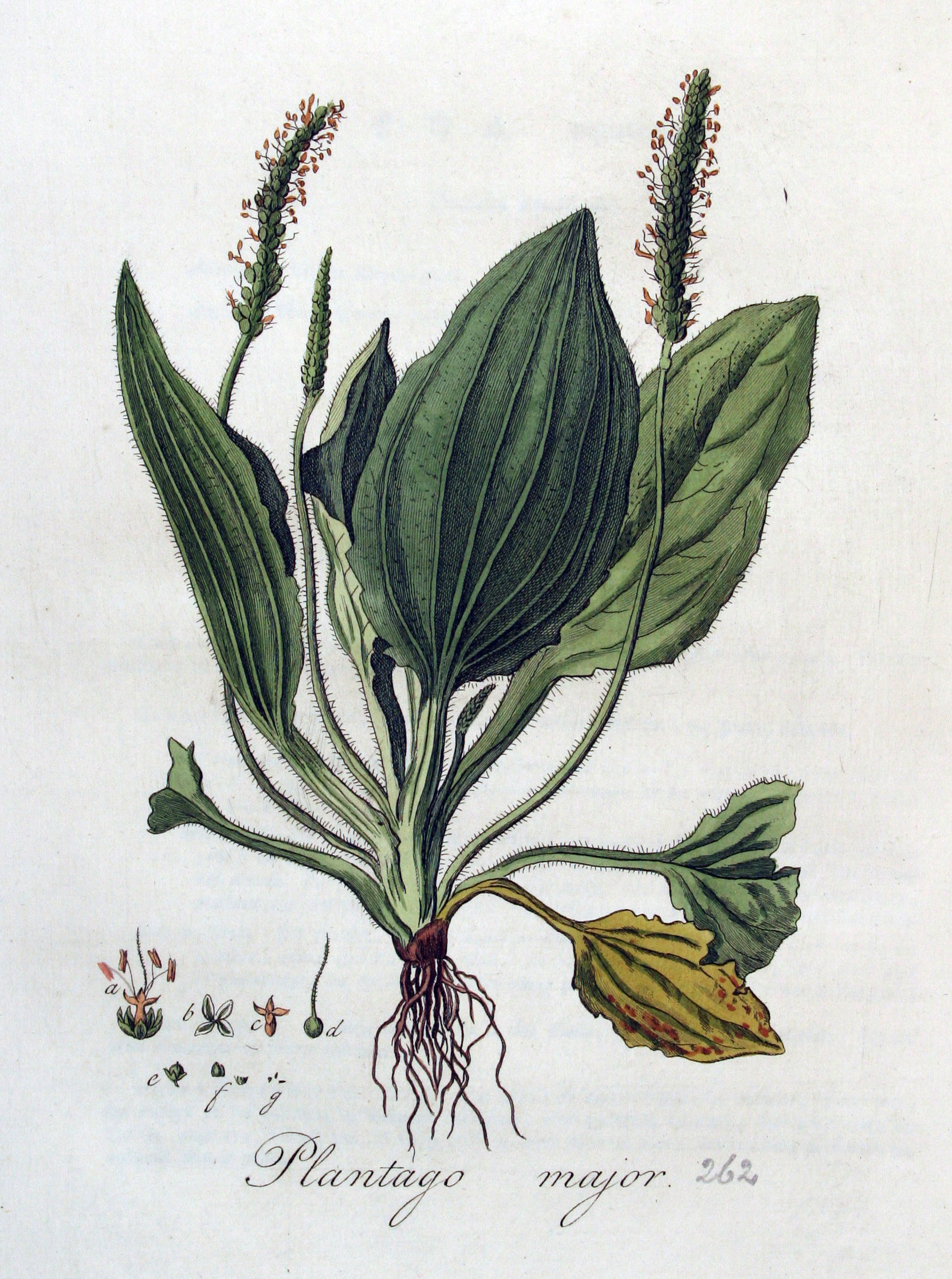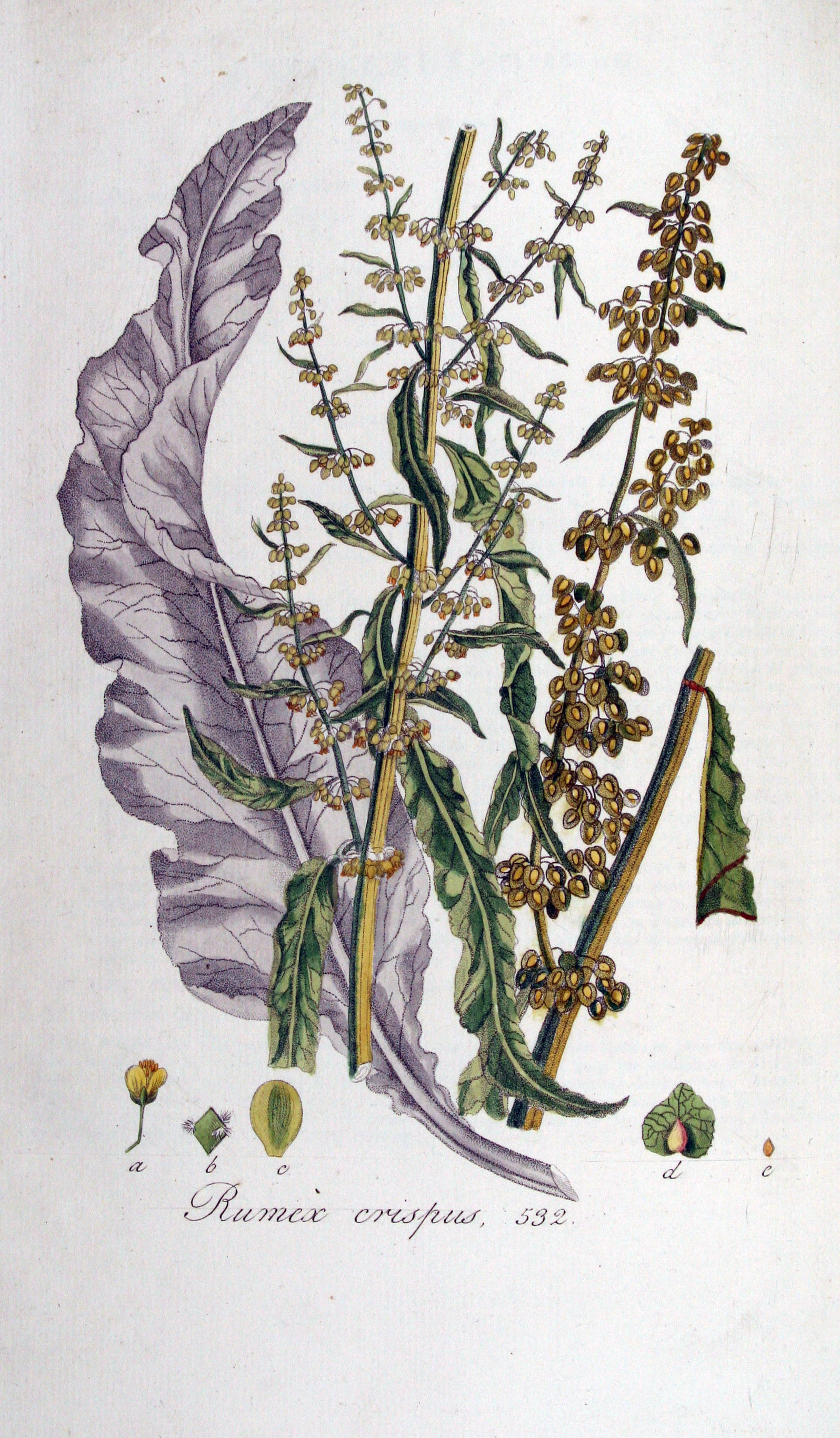Workplace Safety Doesn’t Come Naturally
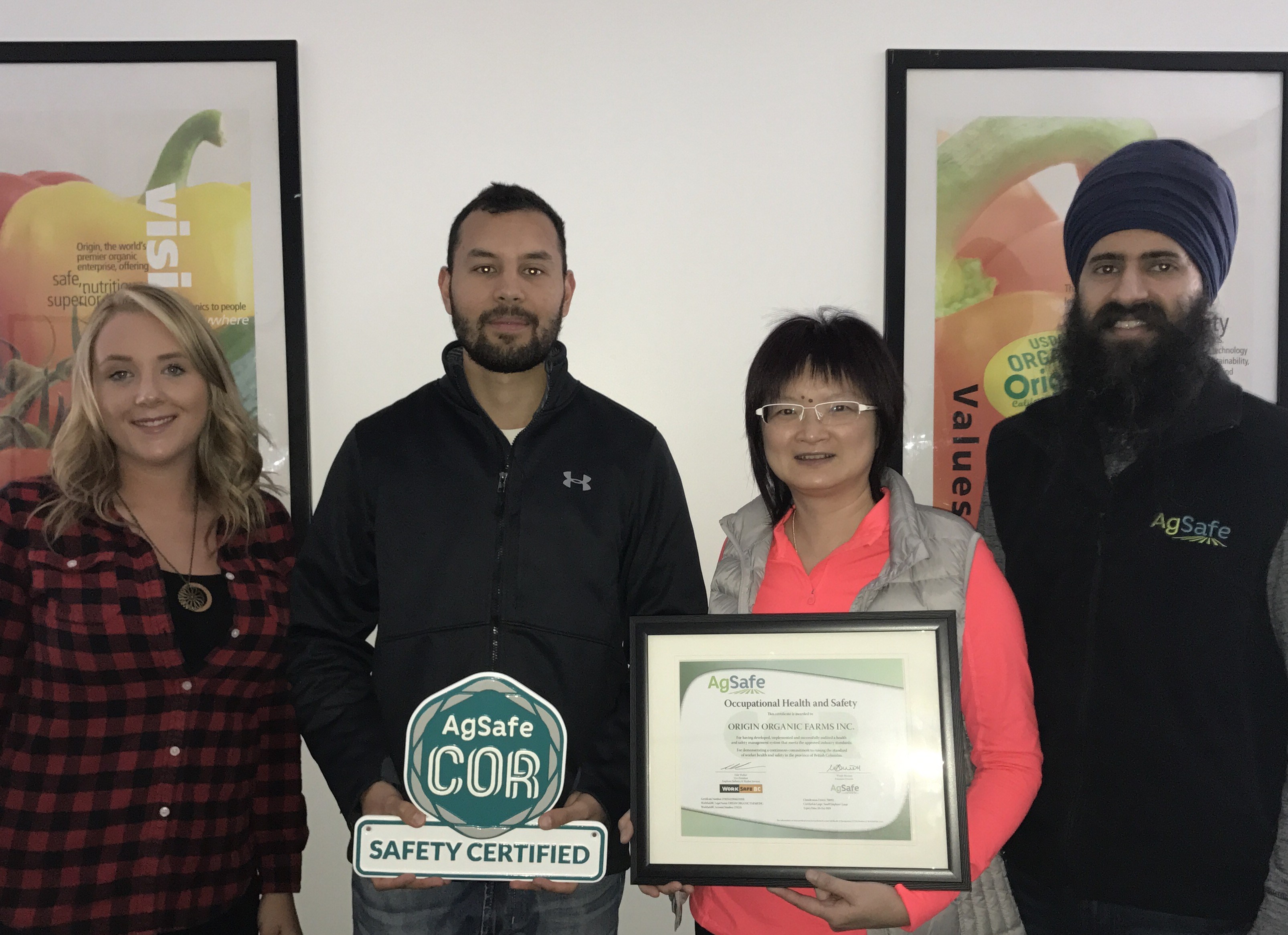
Lennea Durant
A solid health and safety program is important for any agriculture business, but workplace safety doesn’t always come naturally. Often safety practices are implemented after the fact, once a worker has been injured. There are over 26,000 agricultural workers in British Columbia and 550 organic farms operating in the province.(1) Between 2013 and 2017, 641 agricultural workers were seriously injured and seven killed in work-related incidents.(2)
AgSafe is BC’s agriculture industry health and safety association and works with farmers and ranchers to improve workplace health and safety practices. Wendy Bennett, AgSafe’s executive director says that the most common causes of injury are falls from ladders, musculoskeletal injuries (MSI) caused by repetitive tasks and poorly designed ergonomic work spaces, injuries from slips, trips and falls, injuries involving tractors, and injuries involving animal handling.
“Organic farming is not exempt from common farm work hazards,” says Bennett. “While organic agriculture workers may not be at risk of exposure to synthetic fertilizers and agri-chemicals like other farm workers might be, there are still many other hazards that all agricultural workers face.”
Bennett explains that the role of AgSafe is to help employers in BC’s agriculture industry develop strong health and safety programs. AgSafe consultants and advisors work with employers to create and review their health and safety plans, protocols and procedures, and identify and address issues.
“Our office is in Langley, but our consultants and advisors work in all regions of the province. Our services include site-specific safety program development and safety education. We also have a wealth of resources available on our website.”
AgSafe is a Certificate of Recognition Certifying Partner and offers a Certificate of Recognition program for large and small employers. The Certificate of Recognition is a voluntary incentive program that recognizes and rewards employers for implementing an effective safety management system. Employers who participate in the program could receive a WorkSafeBC incentive payment of up to 10% of the assessment premiums paid in the prior year.
Origin Organic Farms, also known as OriginO was the first organic vegetable grower in B.C. to be receive a Certificate of Recognition. The employer worked closely with AgSafe, making use of their safety advisors and other resources moving through the process.
With operations in Delta and Langley, OriginO is an organic vegetable greenhouse employing over 100 workers to produce red, yellow, and orange peppers, long English cucumbers, and numerous varieties of tomatoes.
Justin Hochstrasser, administrator for OriginO, believes it is important to have a health and safety program, especially for a large workforce, in order to have structure. “With a large number of workers, health and safety matters cannot be coordinated and resolved effectively without a dedicated worker safety program,” says Hochstrasser.
At OriginO all levels of staff are encouraged to report any activity or condition which is unsafe, or has the potential to become a safety hazard. The staff works hard to ensure that all equipment is properly maintained and that workers follow safe work procedures.
This is a company policy which has strengthened the company’s safety culture and Hochstrasser says it conveys to everyone that safety is top priority at the workplace. Completing the Certificate of Recognition program in 2016 “validated everyone’s hard work and gave us a sense of recognition for achieving a higher standard of occupational safety,” said Hochstrasser. Participating “was an easy decision—our company already had the framework in place and fulfilling requirements meant following Occupational Health & Safety Regulations which we are supposed to do anyway!”
“Organic operations are not allowed to use any harmful chemical inputs for our product. Organic certified pesticides have lower hazard ratings and pose less health risks to our staff. Therefore, organics is not only good for the consumer, it is safer for our workers as well,” stated Hochstrasser.
Wendy Bennett says that OriginO is a leader in work place safety, not only for the organic farm community, but for all of B.C. agriculture employers.
AgSafe recently launched the Safety Ready website, a free self-assessment web tool designed to assist organizations with the development and review of their health and safety program, and determine their readiness for a Certificate of Recognition program audit: safetyready.agsafebc.ca
For more information about AgSafe services or agriculture workplace safety call 1-877-533-1789 or visit:
AgSafe (formerly FARSHA) is the non-profit health and safety association for agricultural producers in British Columbia. For over 25 years AgSafe has provided site-specific education, consultation and resources to agricultural employers and associated industries in B.C. AgSafe also offers a Certificate of Recognition program for large and small employers.
References
12016 Census of Agriculture for B.C.
22016 WorkSafe BC Annual Report: Work-related death claims by subsector 2007–2016
Photo credit: AgSafe


